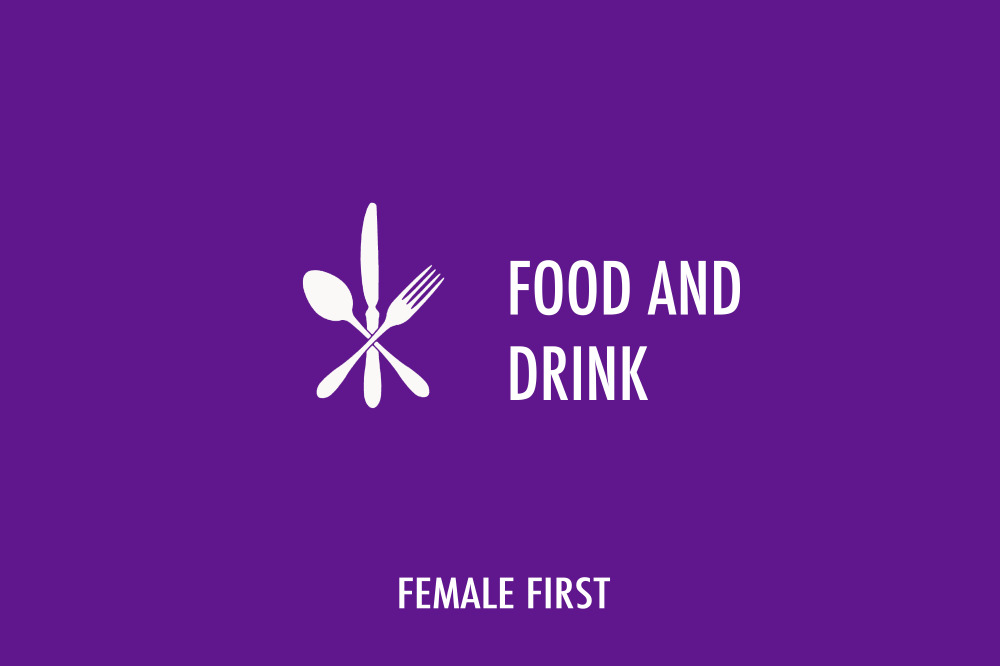Ahead of Gin Day 9th June, the gin experts at Gordon’s have shared 10 things you never knew about gin. Read on for little-known facts to impress your friends around the dinner table on this very special day, dedicated one of the world’s favourite tipples.

Food and Drink on Female First
Gordon’s is No.1 – Nearly 250-years after Alexander Gordon first began production Gordon’s is the UK’s number one best-selling Gin. Widely considered the “ginniest of gins” Gordon’s sells two bottles every second… Now that’s a lot of gin!
India is the home of the G&T – cocktails were introduced by the army of the British East India Company in India where malaria was a persistent problem. In the 1700s it was discovered by Scottish doctor George Cleghorn that quinine could be used to prevent and treat the disease. The quinine was drunk in tonic water, however the bitter taste was so unpleasant that British officers in India in the early 19th century took to adding a mixture of water, sugar, lime and gin to the quinine in order to make the drink more palatable… and so the gin and tonic was born.
It’s all in the nose - Gordon’s gin is handcrafted by a team of six distillers who test the liquid by nose, every hour during the distillation process. It is these human verdicts alone which are used to make sure every bottle as good as the last. What’s more, each carefully select the botanicals for every bottle, and each ingredient has its own nosing panel. It takes years to pass the exam for this special job and even then you might only make the cut for one of the four botanicals’ panels.
More than just social currency - Officers of the British Navy were actually paid a portion of their wage in gin. While British sailors received a daily rum ration, British naval officers got a daily ration of gin. Alcohol on board Naval ships was decreed to be a minimum of 57.7% ABV to ensure gunpowder stocks stayed flammable if contaminated by any leaky gin barrels. Never ones to be short changed, sailors would light a small amount of gin-soaked gunpowder, therefore obtaining ‘proof’ their ration had not been watered down by a scrimping Navy.
Price doesn’t always mean quality – The San Francisco World Spirits Competition is one of the world’s most influential competitions of its kind and recently released its annual results. Pitted against the likes of Yorkshire made Slingsby London Dry Gin which sells for £39.99 a bottle as well as premium gins from overseas such as Archie Rose Horisumi Summer Gin (Australia) RRP $99.00 USD (£74.00) – Gordon’s gin, which retails at just £14.50 came out on top, beating numerous gins triple and even quadruple its price. Gordon’s gin also beat other home-grown talent such as Beefeater and Sipsmiths, proving that the stalwart of the drinks cabinet is still a firm-favourite amongst those who really know their gin.
Juniper is King - Legally, gin must contain juniper, but you can add whatever else you like when distilling gin. For example, Gordon’s gin contains juniper berries and a medley of superlative botanicals including coriander for zesty notes, angelica root to combine, and liquorice for that smooth, sweet finish.
GINgerbread - The earliest known food pairing occurred in 1731 with gingerbread. Pre-tonic, gin would be enjoyed hot, usually in a drink like Purl or a Gin Punch, with a good, ol’ slab of gingerbread.
Wild is best - Nearly all juniper used in gin is picked wild. Almost none is cultivated. For example, for years Gordon’s has hand pick their humble juniper berries from the Tuscan hills. Once picked, only 1 in 10 of the berries will be good enough for the final drink of Gordon’s London Dry.
Sippin’ on gin and juice - Think of a Bloody Mary as the classic Hair of the Dog? Well actually, in 1928 New York, waaaay before the vodka-based version came about, it was gin and tomato juice that the Americans drank when they were nursing a hangover.
Ginundated – We are currently living in an era of a well and true gin boom, with over 500 new fins in the UK alone but according to the history books, this is not the first time we’ve been obsessed - at one point, gin was being produced in 1 in every 4 households in London in the 1800s.
Tagged in Cocktails

